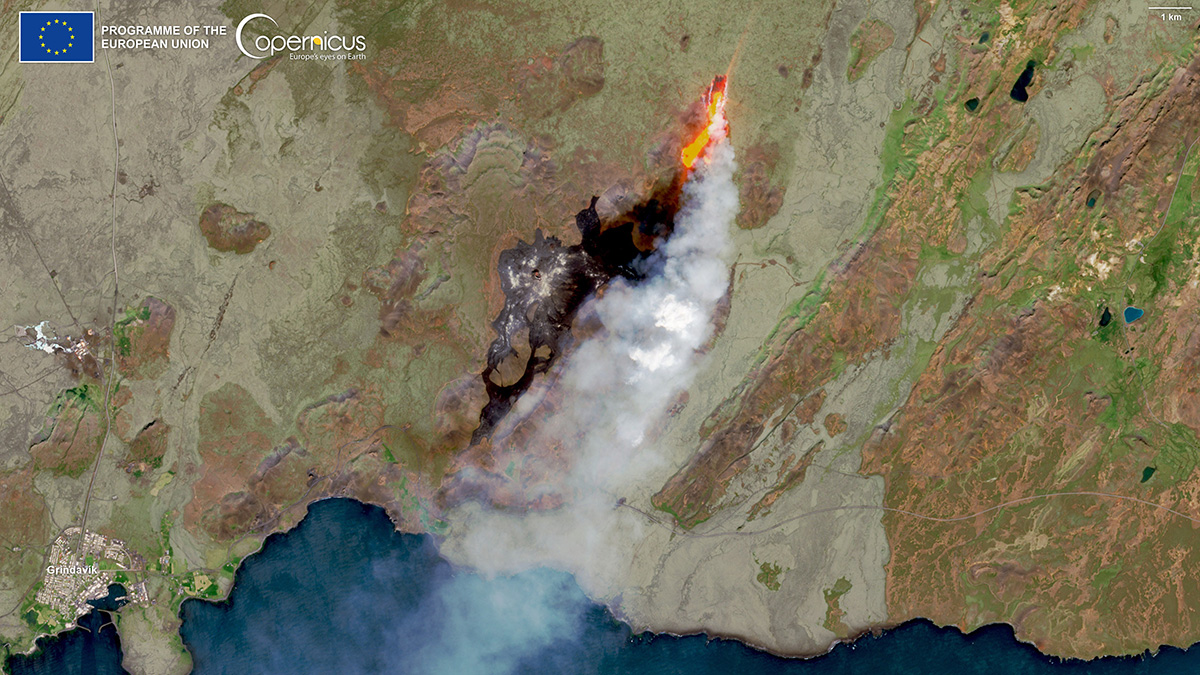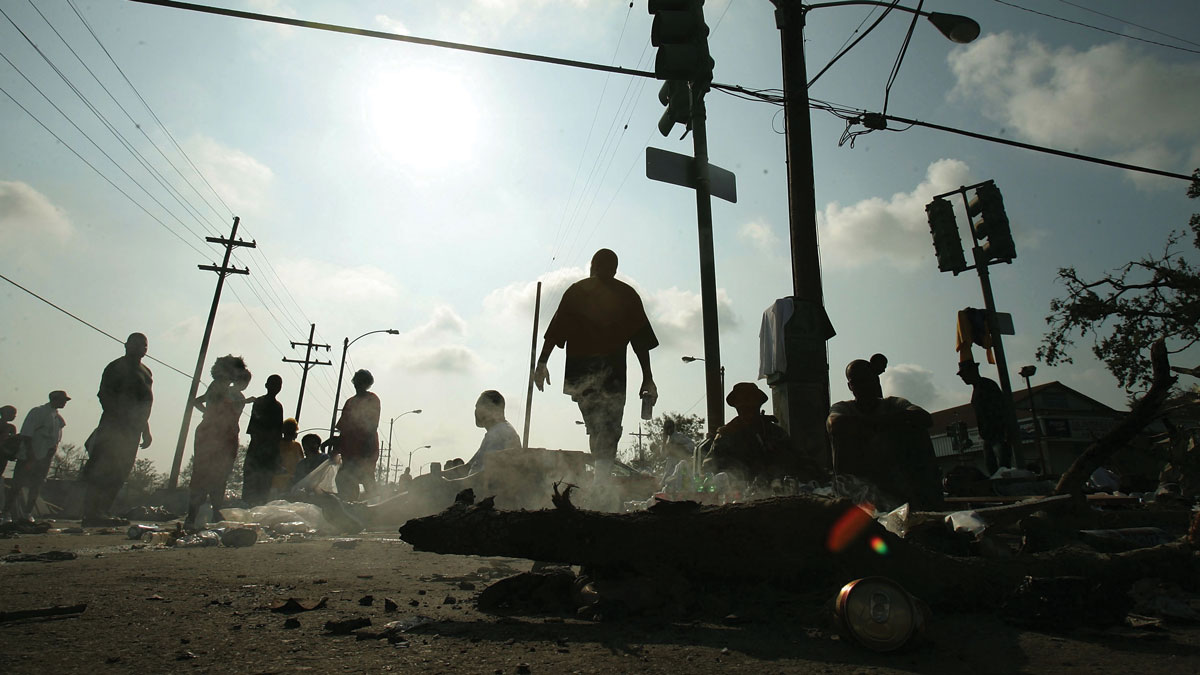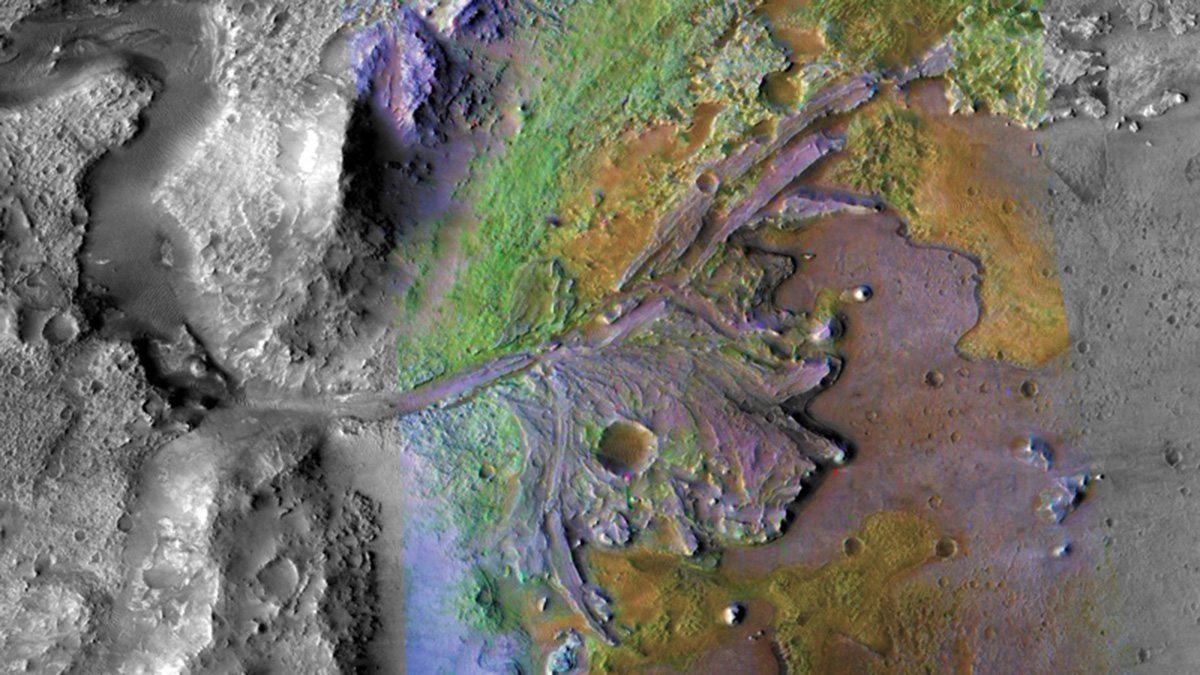Walton founded Girls Who Chase to promote women in STEM.
Katherine Kornei
Katherine Kornei is a freelance science journalist covering Earth and space science. Her bylines frequently appear in Eos, Science, and The New York Times. Katherine holds a Ph.D. in astronomy from the University of California, Los Angeles.
A Planet Is Dramatically Losing Its Atmosphere
Helium that was once part of the atmosphere of the extrasolar planet HAT-P-32b is being ripped away and forming two giant streamers of gas several million kilometers long.
Third Time’s the Charm for Iceland’s Fagradalsfjall
The volcanic region, which erupted in both 2021 and 2022 after more than 7 centuries of dormancy, is at it again.
Marine Protection Does Not Affect Fish Catches in Mexico
Catches of species such as tuna and swordfish did not decrease after a marine protected area the size of New York State was established off the coast of Mexico in 2017.
Ambidextrous Microbes May Pump Out CO2 as Temperatures Rise
Certain microbes that engage in both photosynthesis and predation are more likely to do the latter as the planet warms, resulting in a net release of carbon dioxide.
Warming Waters Drive Some Mariners to Piracy
As fish production waxes and wanes with climate change, so too does the risk of maritime piracy in East Africa and the South China Sea.
Forecasting Earthquake-Induced Floods
Surface-rupturing earthquakes can abruptly reroute rivers when fault scarps function like dams. Researchers have now successfully modeled such an event that occurred in New Zealand.
Dating the World’s Tallest Trees
Scientists analyzed more than 1.2 million trees to assemble chronologies of annually dated rings, which will inform fields ranging from climate science to seismology.
The Mental Toll of Climate Change
Researchers are more quickly acknowledging the many ways in which the global climate crisis is affecting our mental health.
Asteroid Impacts Could Have Warmed Ancient Mars
Hydrogen released during large impacts might have boosted Mars’s surface temperature above freezing for thousands or even millions of years, enabling liquid water to flow over the Red Planet.










